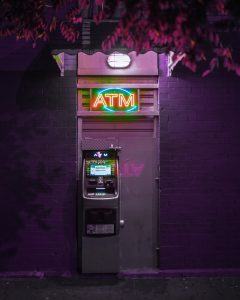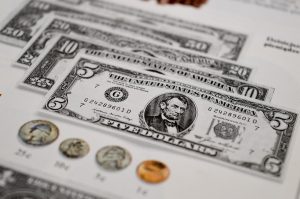Bollinger Bands are a popular technical analysis tool used by forex traders to determine the strength and momentum of a trend. The bands consist of three lines – a moving average line, an upper band, and a lower band. The upper and lower bands are calculated by adding and subtracting a multiple of the standard deviation from the moving average line.
So, why do we have three Bollinger Bands in forex?
The first Bollinger Band is the simple moving average line, which is the middle line that represents the average price of a currency pair over a specified period. The standard period used for the moving average is typically 20 days, but it can be customized based on the trader’s preference.
The second Bollinger Band is the upper band, which is two standard deviations above the moving average line. The upper band represents the upper limit or resistance level of the price movement. When the price of a currency pair approaches the upper band, it is considered overbought, and traders may look for a potential reversal or correction.
On the other hand, the third Bollinger Band is the lower band, which is two standard deviations below the moving average line. The lower band represents the lower limit or support level of the price movement. When the price of a currency pair approaches the lower band, it is considered oversold, and traders may look for a potential reversal or bounce.
The three Bollinger Bands work together to provide a comprehensive view of the price action and volatility of a currency pair. The moving average line serves as a baseline or trend indicator, while the upper and lower bands provide dynamic support and resistance levels.
Traders can use Bollinger Bands to identify potential trend reversals, breakouts, and range-bound markets. When the price of a currency pair approaches the upper or lower band, traders may look for confirmation signals such as candlestick patterns, indicators, or chart formations to validate their trading decisions.
Moreover, traders can use Bollinger Bands to set stop-loss and take-profit levels based on the support and resistance levels provided by the upper and lower bands. For example, a trader may set their stop-loss order below the lower band if they are long on a currency pair, or above the upper band if they are short.
In addition, Bollinger Bands can be used in conjunction with other technical indicators such as the Relative Strength Index (RSI), Moving Average Convergence Divergence (MACD), and Stochastic Oscillator to confirm or filter trading signals.
In conclusion, the three Bollinger Bands in forex provide a holistic approach to technical analysis by incorporating price action, trend, support, and resistance levels. Traders can use Bollinger Bands to identify potential trading opportunities, set risk management strategies, and validate their trading decisions. However, it is important to note that Bollinger Bands are not a foolproof trading strategy and should be used in conjunction with other forms of analysis and risk management.






